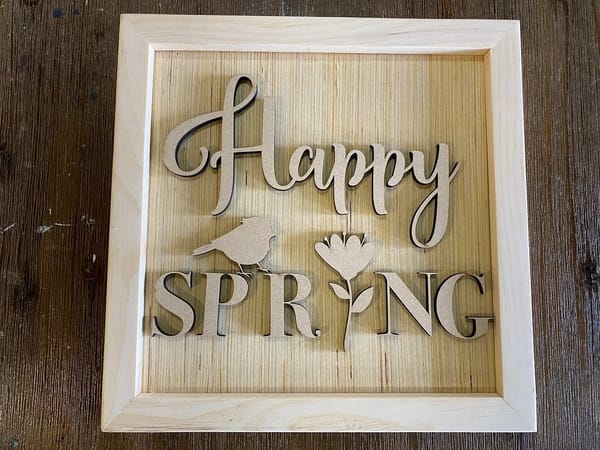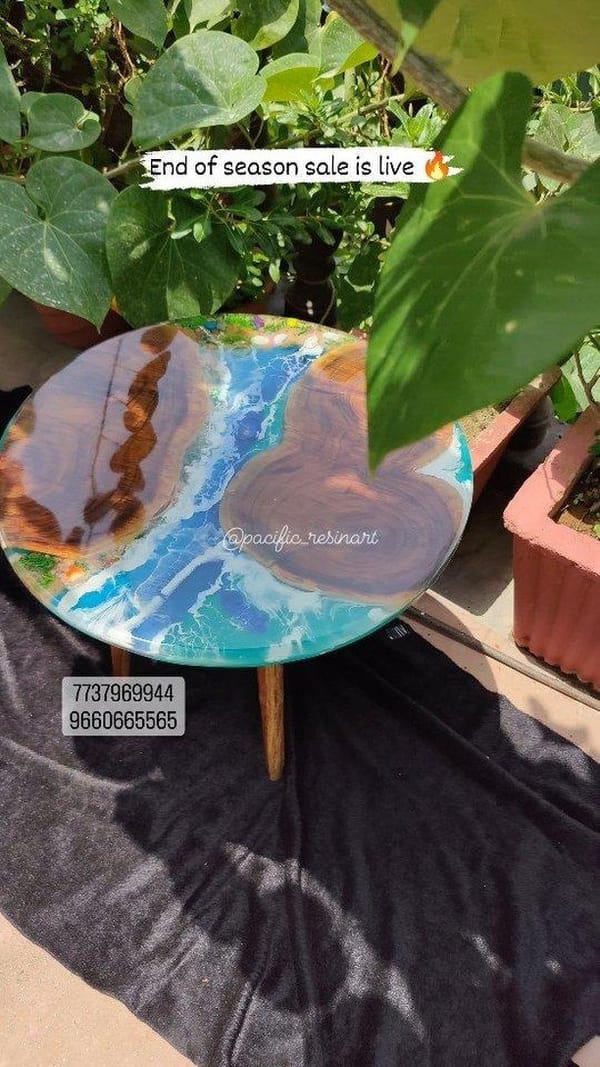27 Herb Garden Tips for a Thriving Green Space
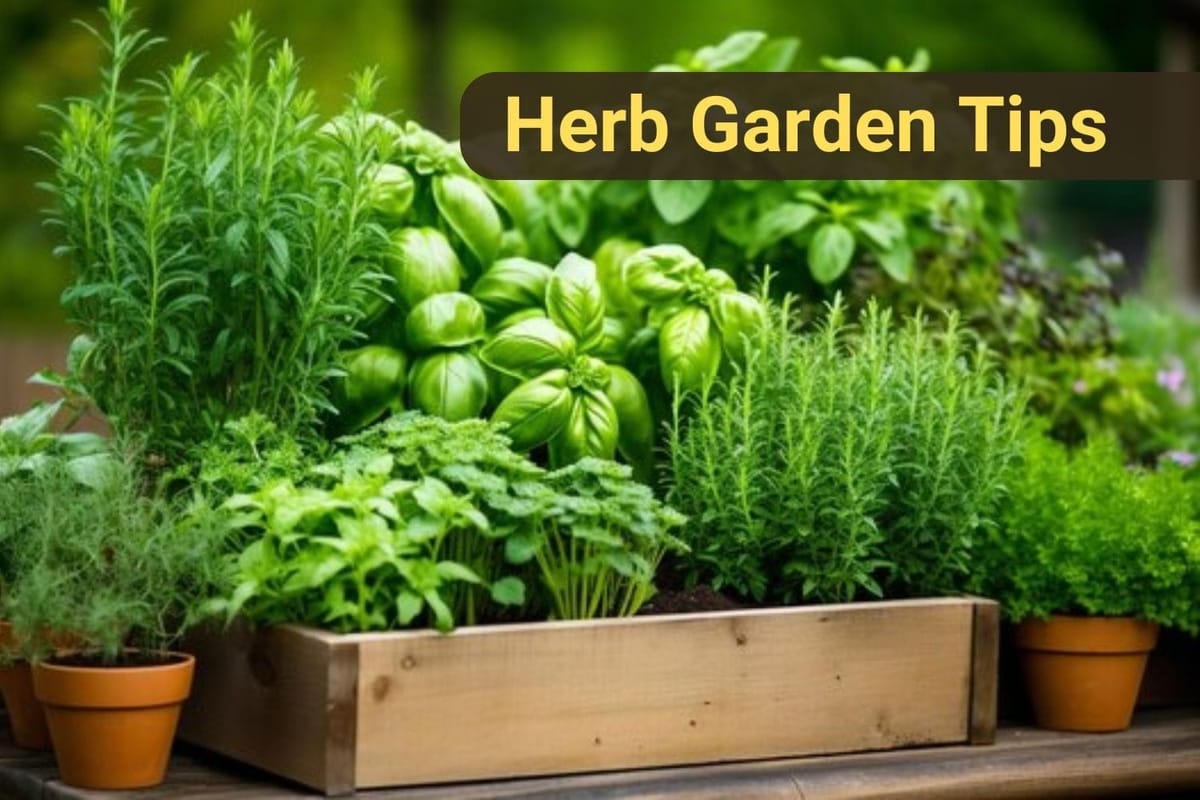
Growing an herb garden is a rewarding experience that brings fresh flavors to your kitchen and a touch of nature to your home. Whether you're a beginner or a seasoned gardener, these 27 herb garden tips will help you cultivate a lush, healthy, and productive garden.
1. Choose the Right Location
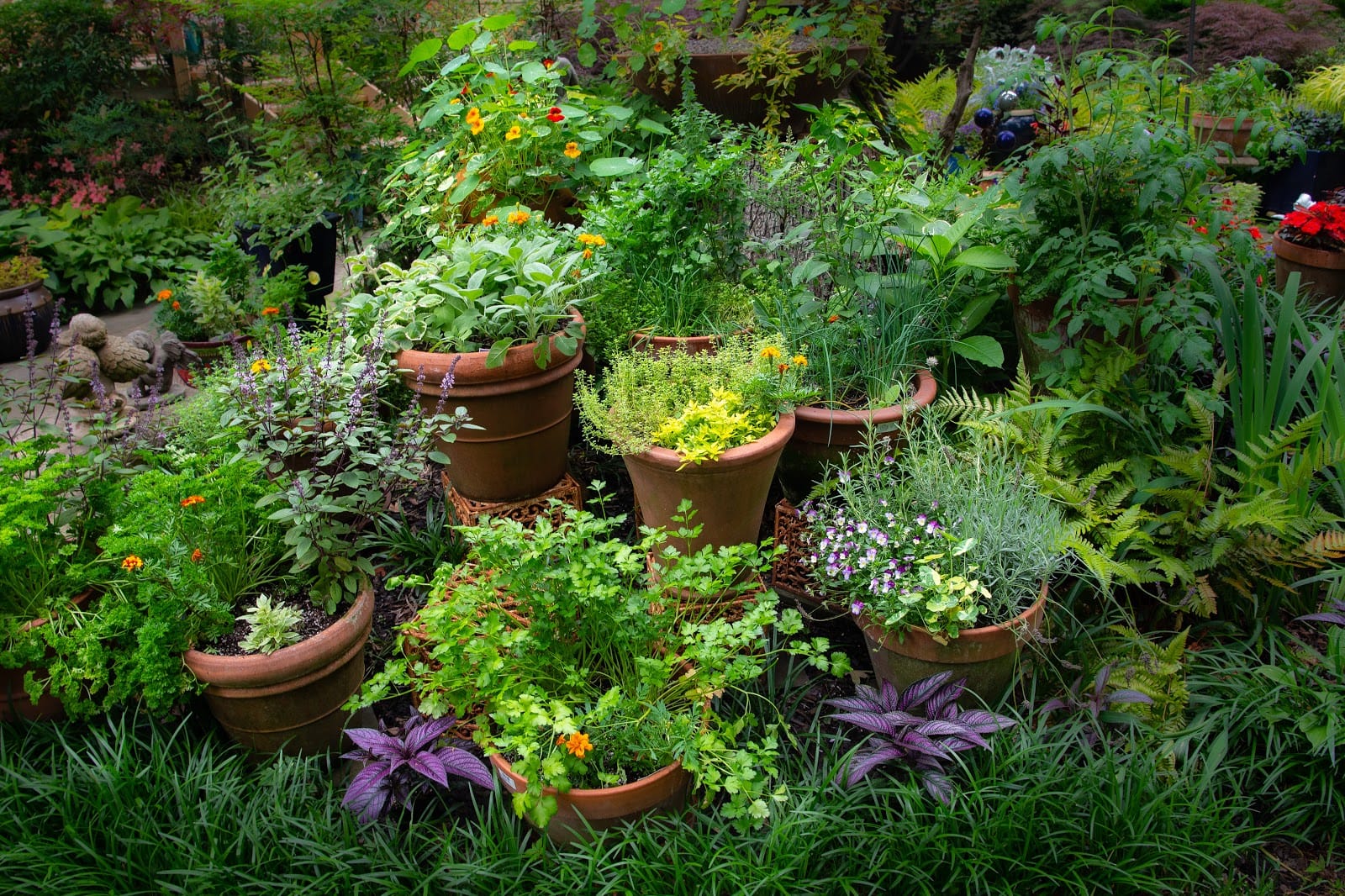
Herbs thrive in sunlight, so pick a spot that gets at least 6 hours of direct sunlight daily. If you're growing indoors, place your herbs near a south-facing window.
2. Start with Quality Soil
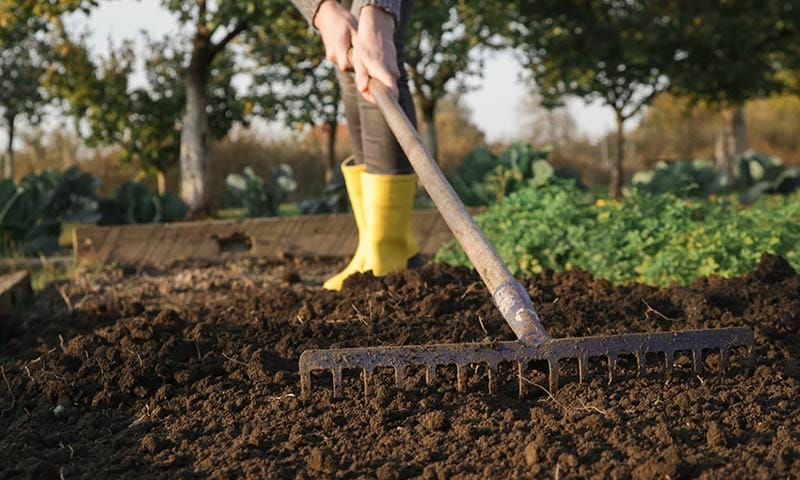
Use well-draining soil rich in organic matter. Herbs don’t like soggy roots, so ensure the soil is loose and fertile.
3. Select Herbs Based on Your Climate

Research which herbs grow best in your region. For example, rosemary thrives in warm climates, while mint prefers cooler temperatures.
4. Use Containers for Flexibility
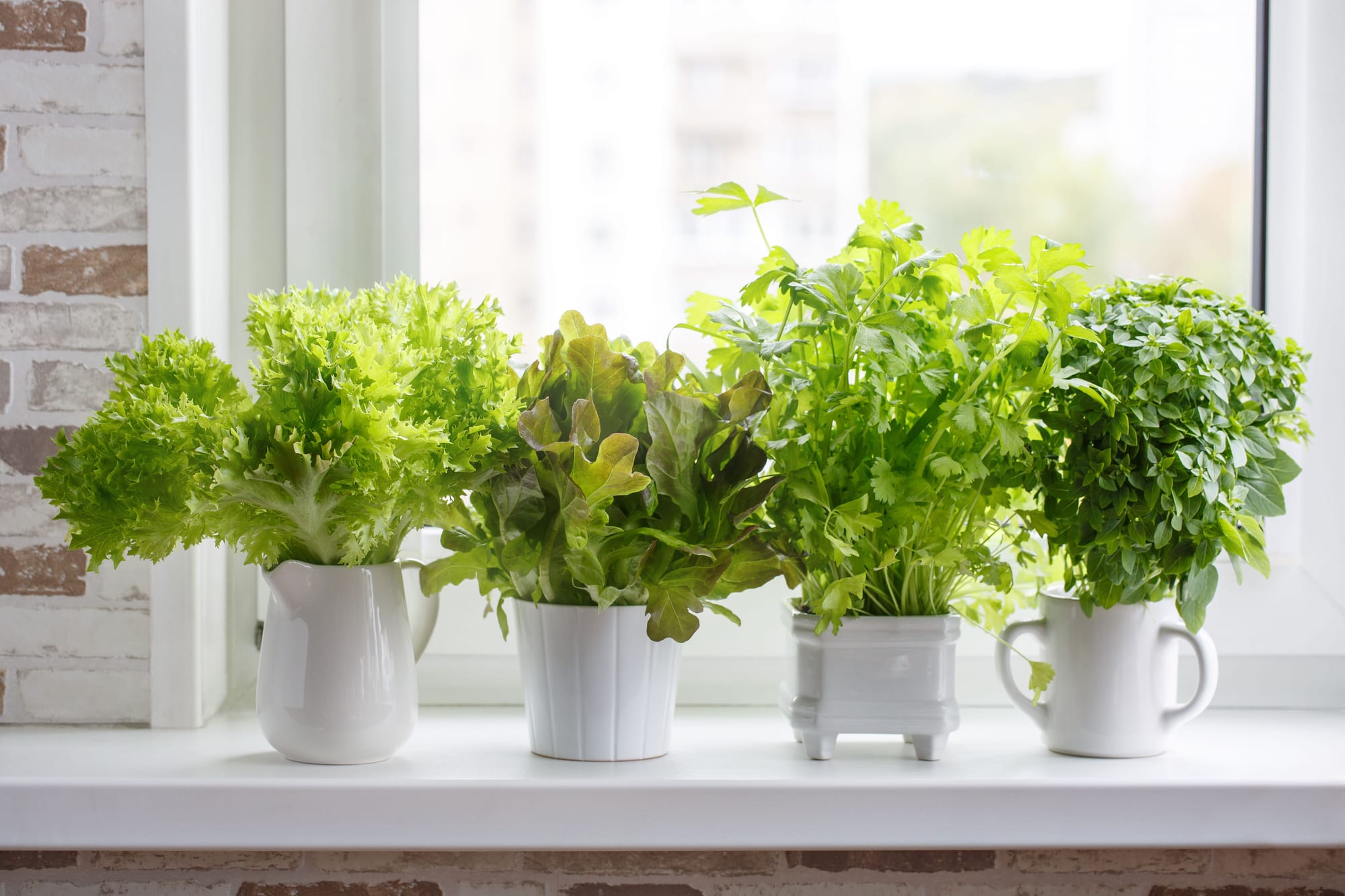
Containers are perfect for small spaces and allow you to move herbs around to optimize sunlight or protect them from harsh weather.
5. Group Herbs with Similar Needs
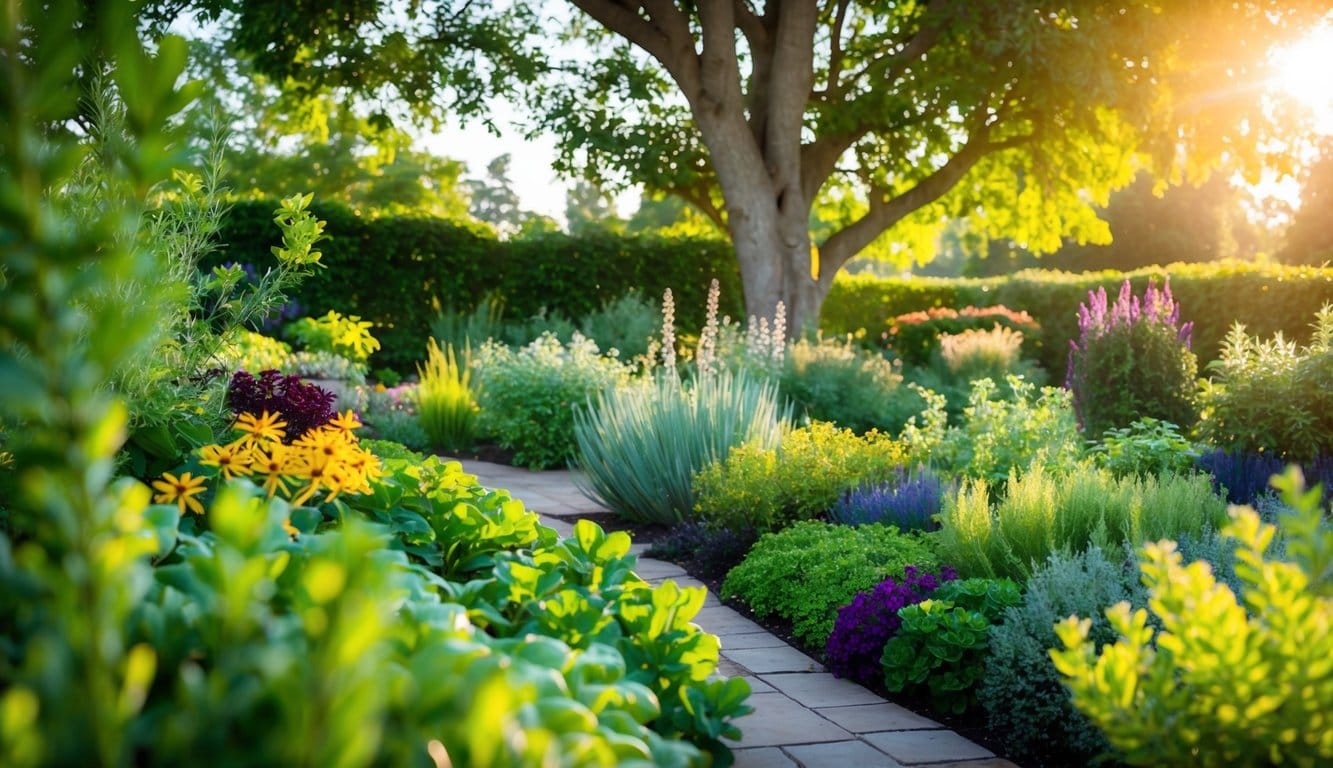
Plant herbs with similar water and sunlight needs together. For example, basil and parsley enjoy moist soil, while thyme and oregano prefer drier conditions.
6. Don’t Overwater
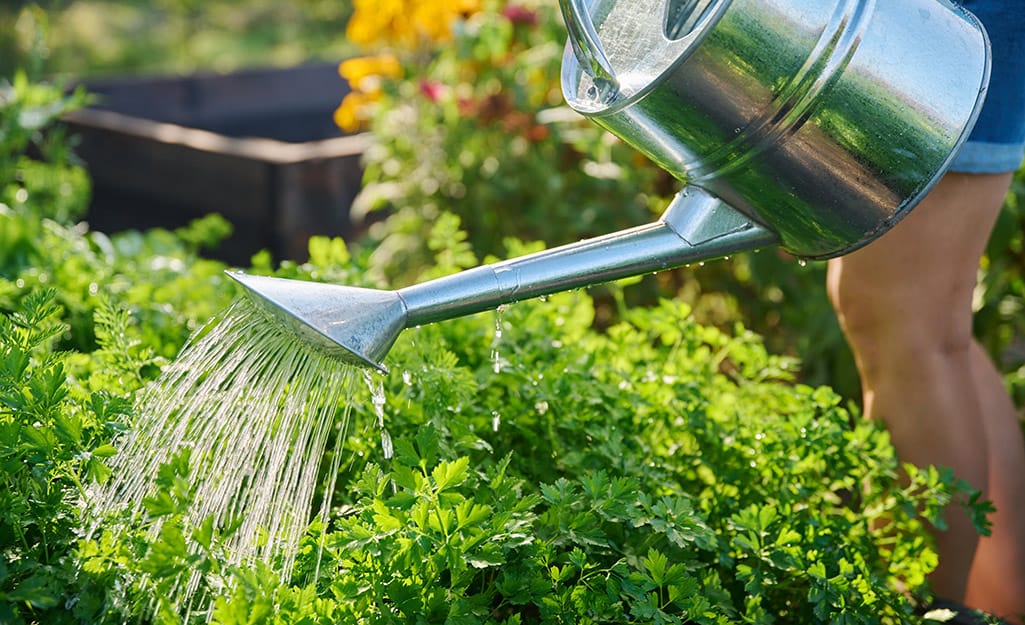
Overwatering is a common mistake. Let the soil dry out slightly between waterings to prevent root rot.
7. Prune Regularly
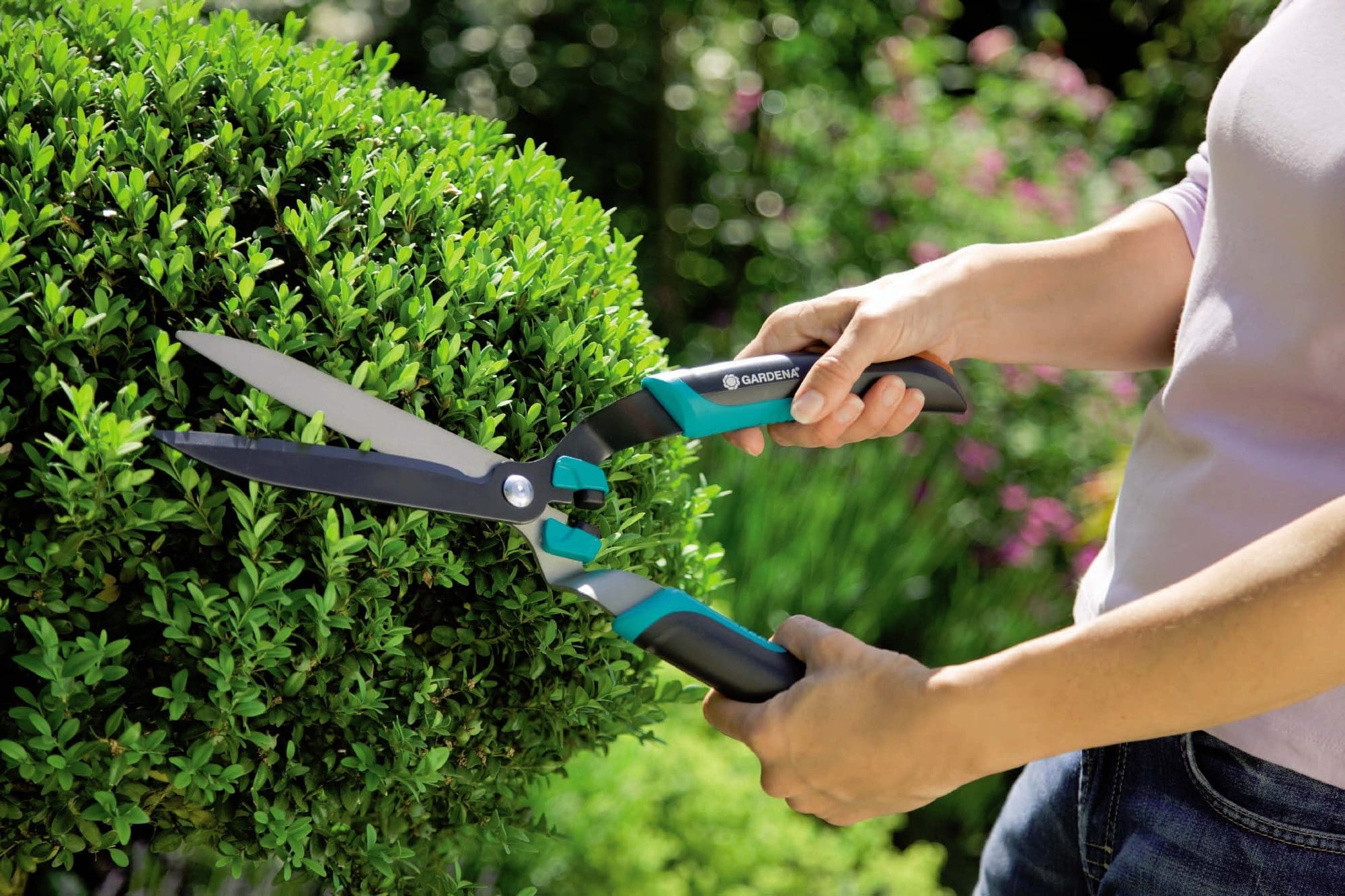
Regular pruning encourages bushier growth and prevents herbs from becoming leggy. Always trim just above a leaf node.
8. Harvest Frequently
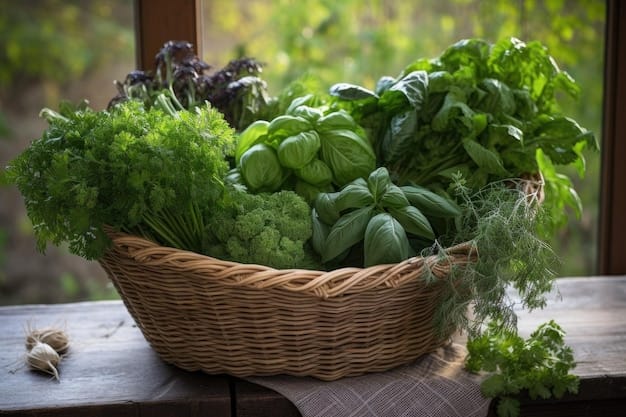
Harvesting promotes growth. Pick leaves regularly, but avoid removing more than one-third of the plant at a time.
9. Use Mulch to Retain Moisture
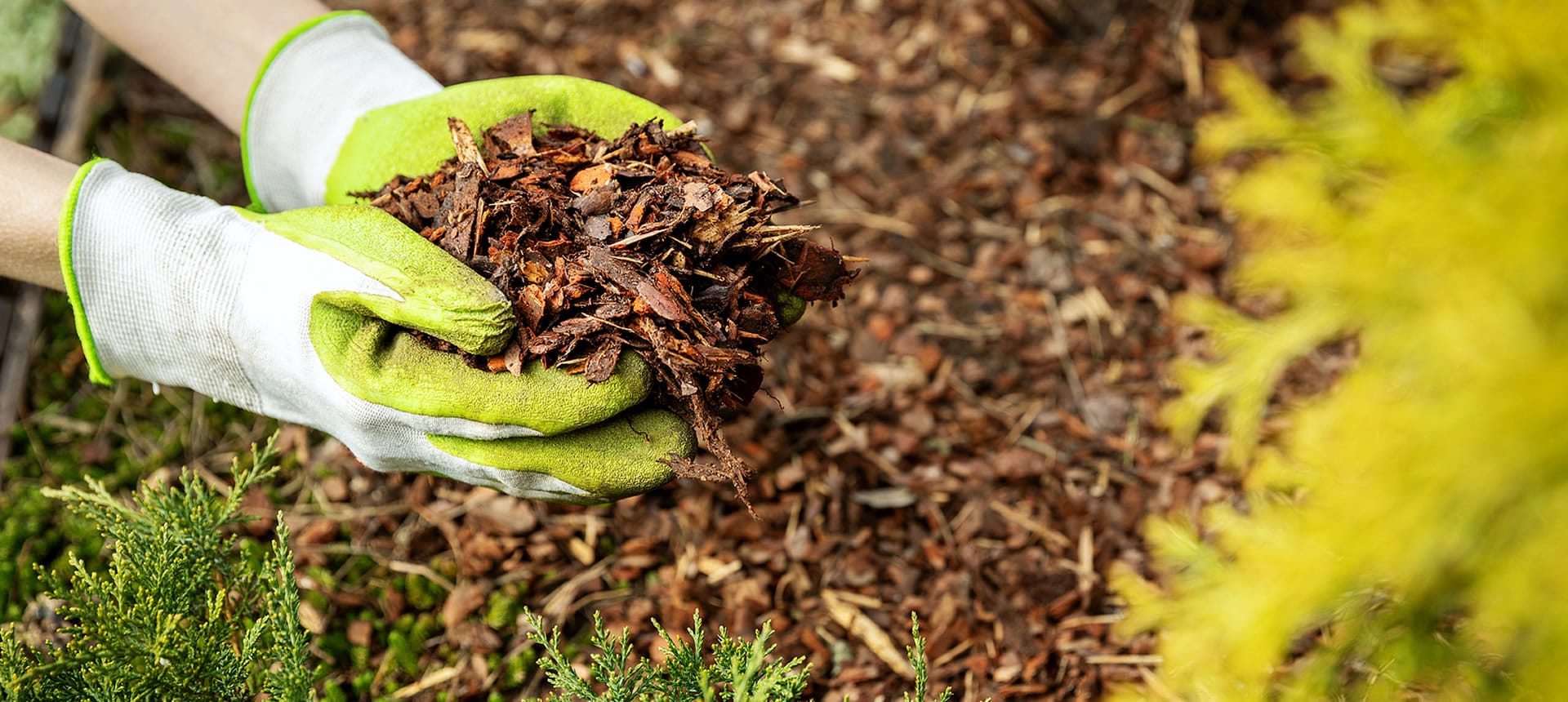
Mulch helps retain soil moisture and regulate temperature. Use organic mulch like straw or wood chips.
10. Fertilize Sparingly
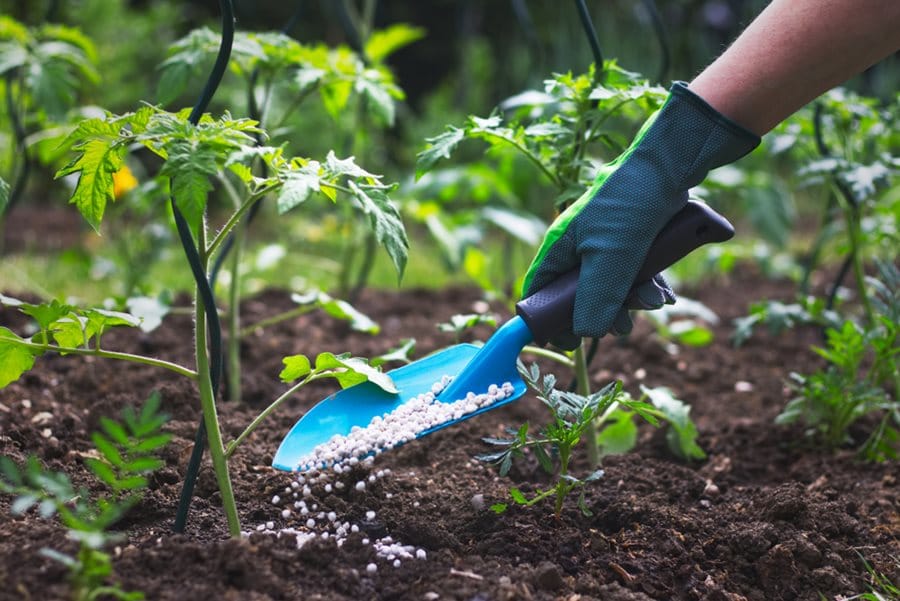
Herbs don’t need heavy feeding. Use a balanced, organic fertilizer once a month during the growing season.
11. Grow Herbs Indoors Year-Round
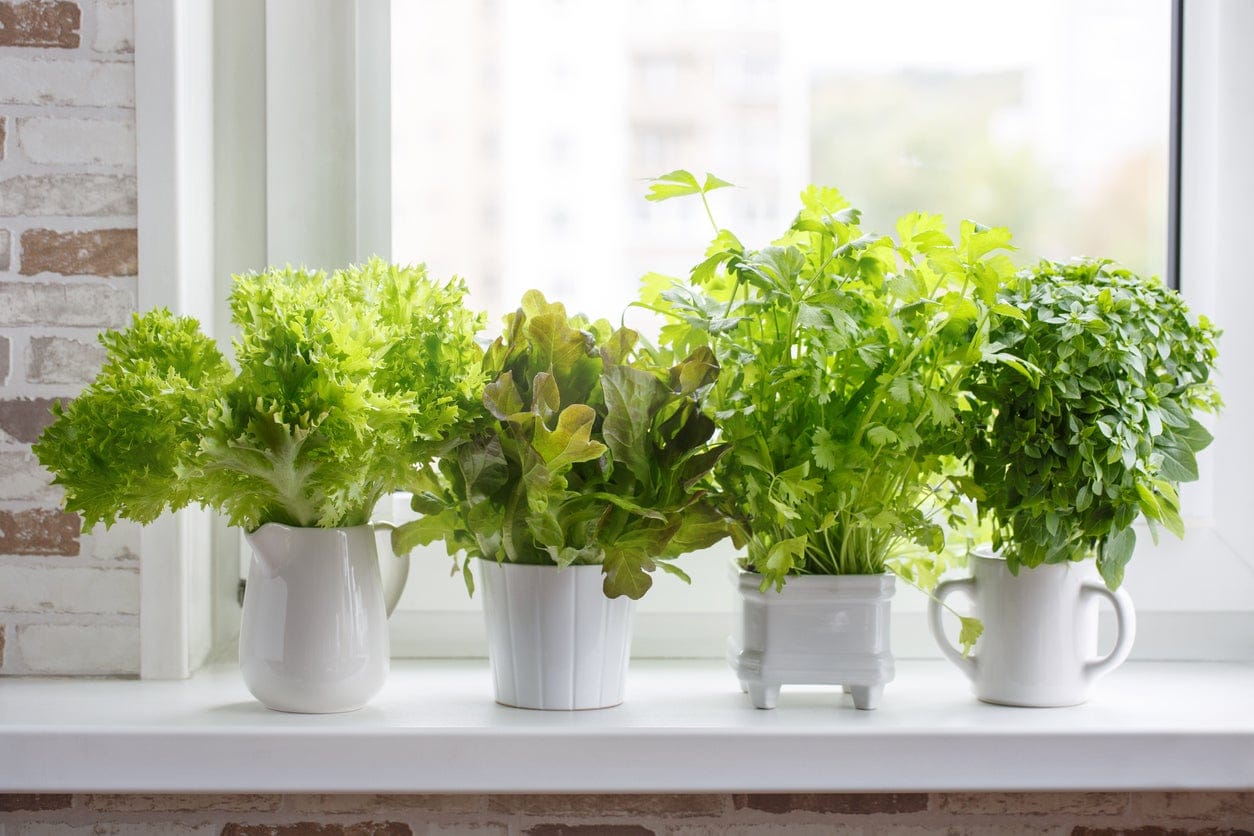
With proper light and care, you can grow herbs indoors even during winter. Consider using grow lights if natural light is insufficient.
12. Companion Planting
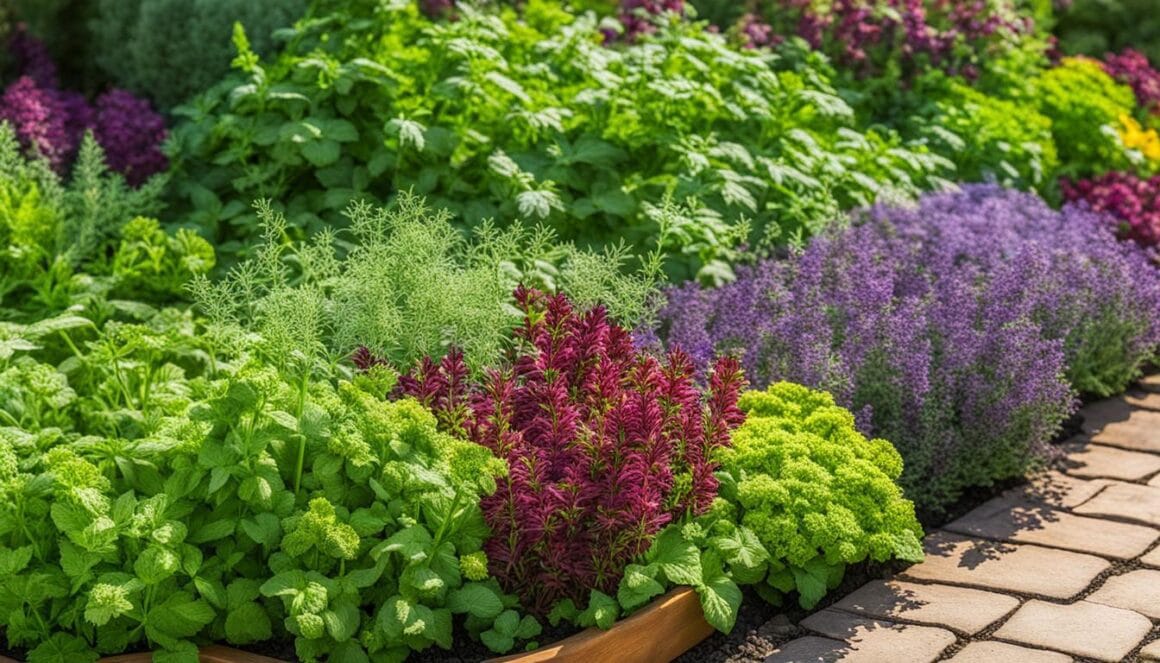
Plant herbs like basil and cilantro near tomatoes and peppers to deter pests and enhance growth.
13. Avoid Overcrowding
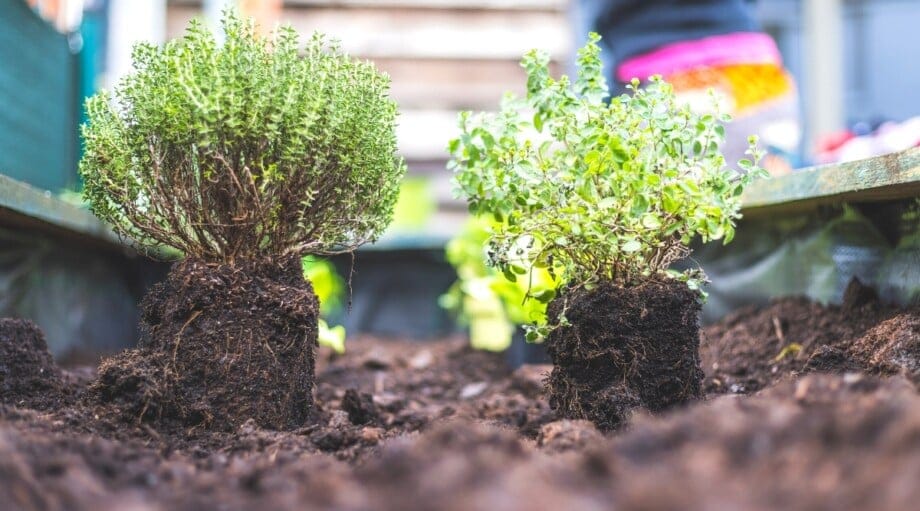
Give each herb enough space to grow. Overcrowding can lead to poor air circulation and increased risk of disease.
14. Use Raised Beds for Better Drainage
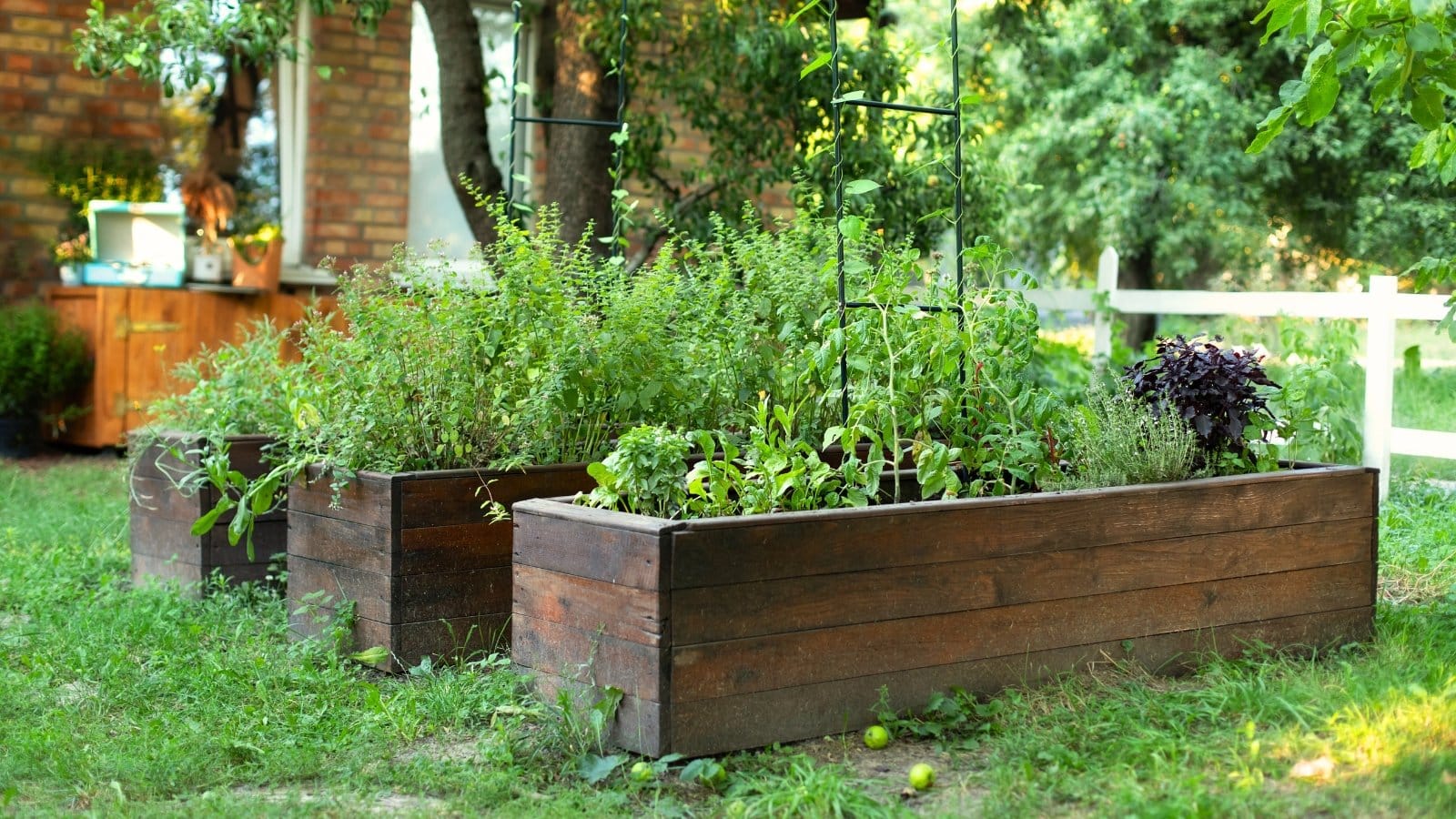
Raised beds provide excellent drainage and make it easier to control soil quality.
15. Protect Herbs from Pests
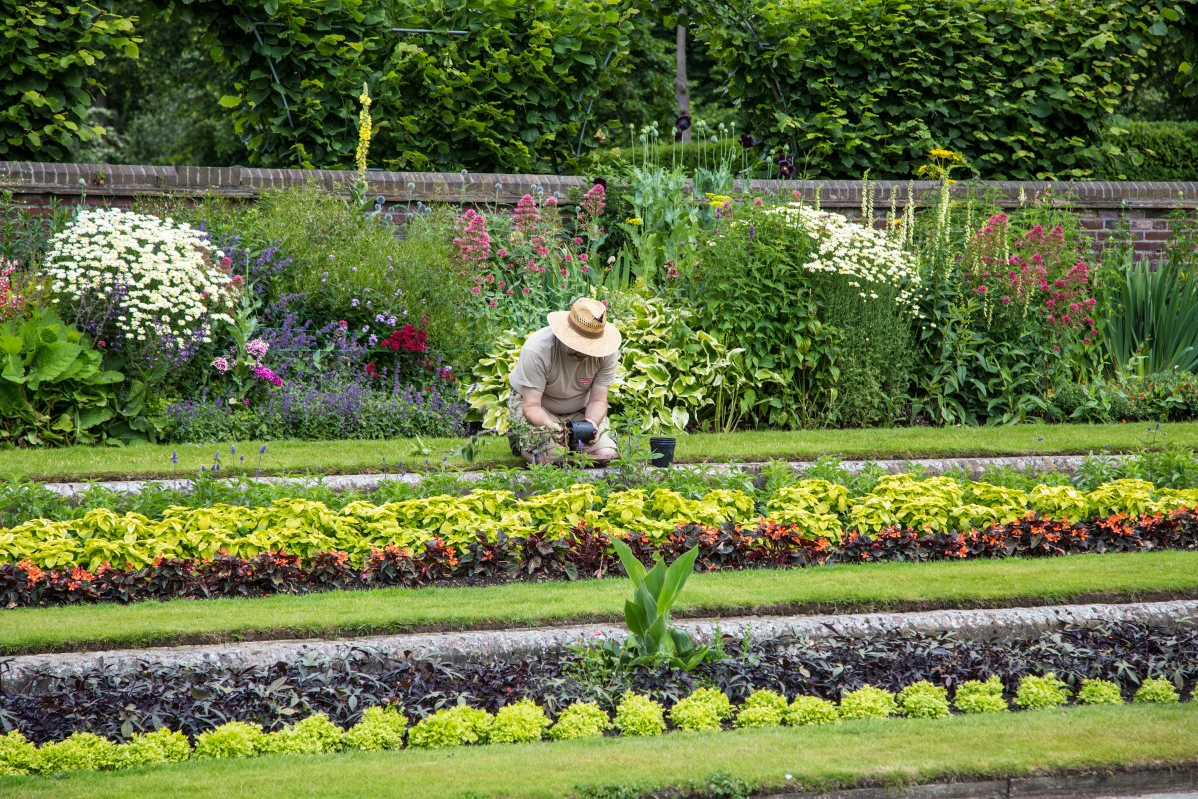
Use natural pest deterrents like neem oil or introduce beneficial insects like ladybugs to keep pests at bay.
16. Rotate Herbs Annually
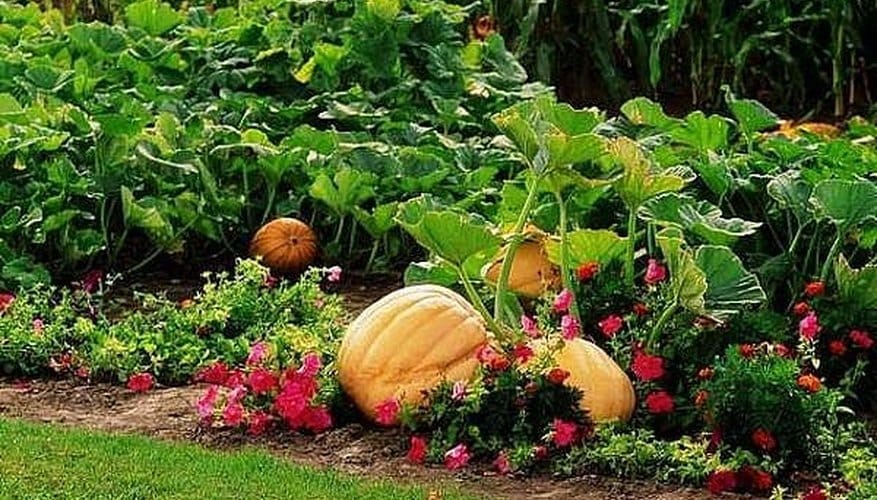
Rotate your herbs each year to prevent soil depletion and reduce the risk of disease.
17. Grow Herbs from Cuttings
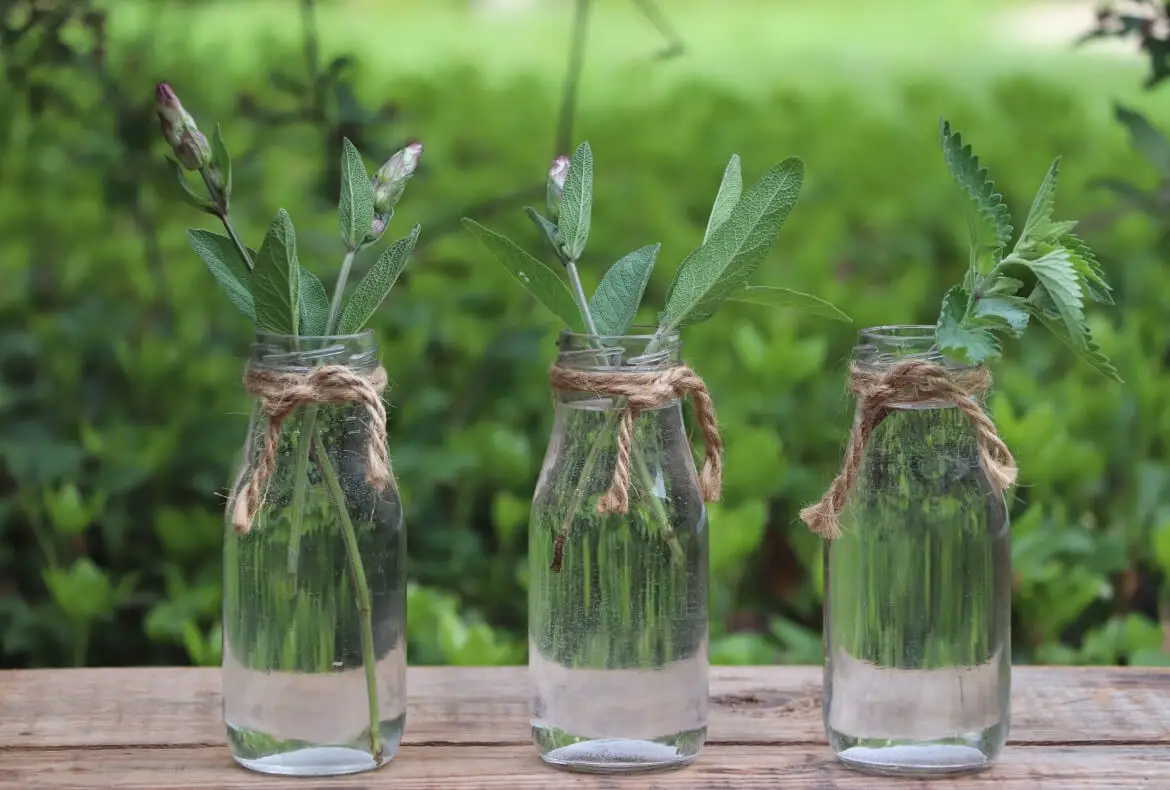
Many herbs, like mint and basil, can be easily propagated from cuttings. Place cuttings in water until roots form, then transplant them.
18. Label Your Herbs
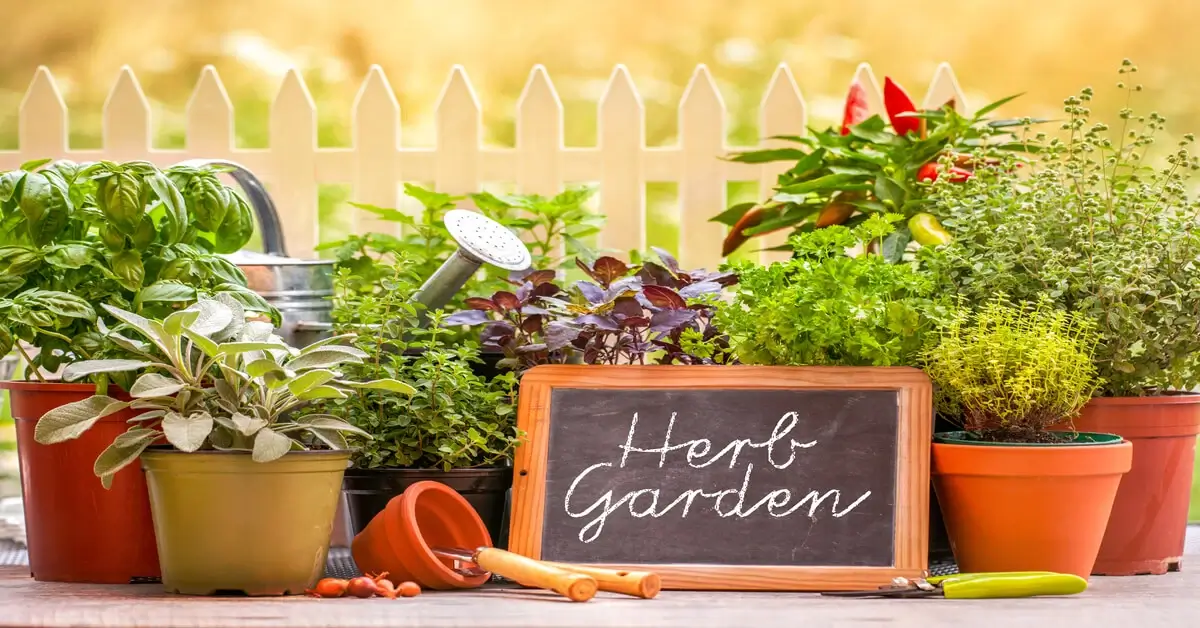
Labeling helps you keep track of your herbs, especially when they’re young and look similar.
19. Use Herbs as Ground Cover
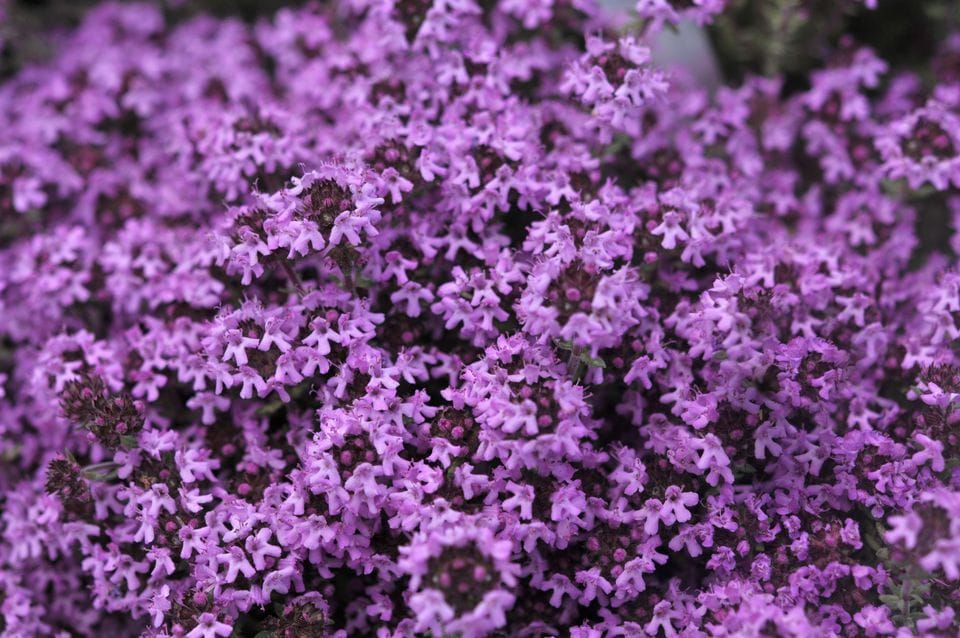
Low-growing herbs like thyme and oregano make excellent ground covers that suppress weeds and add beauty.
20. Dry or Freeze Excess Herbs
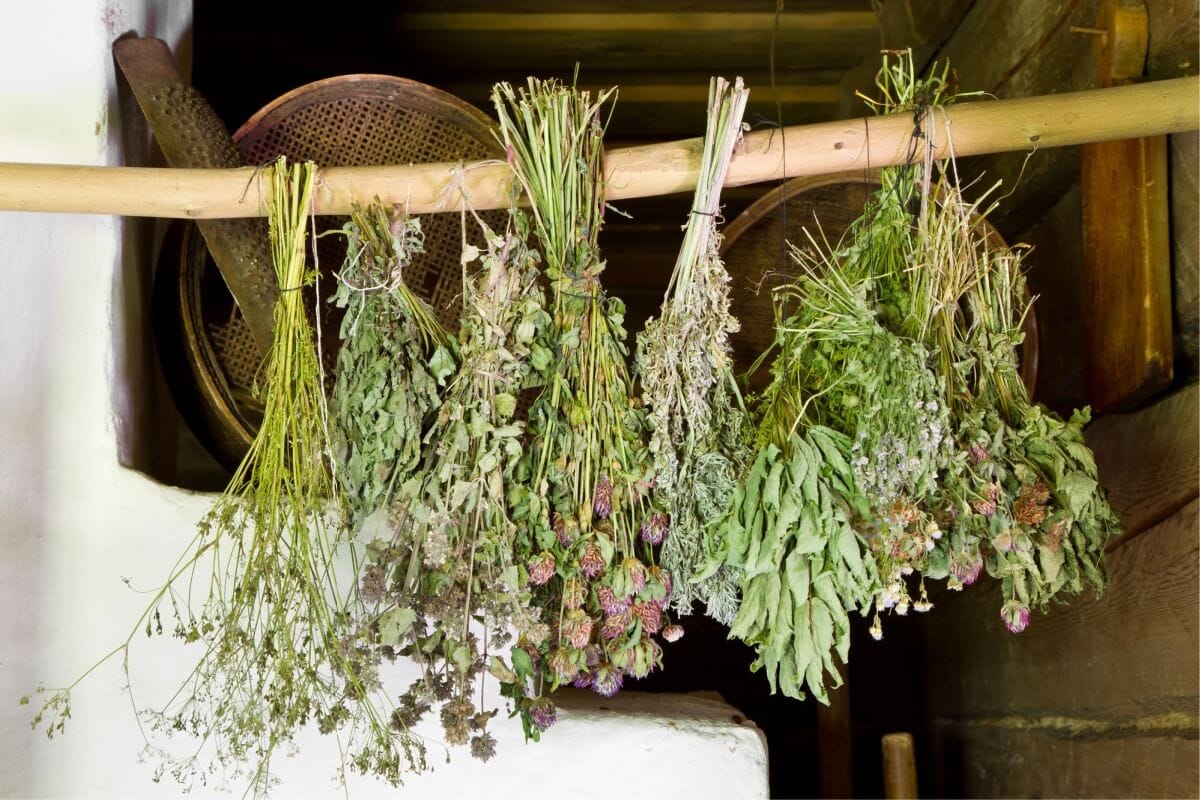
Preserve your harvest by drying or freezing herbs. This ensures you have fresh flavors year-round.
21. Grow Herbs in Vertical Gardens
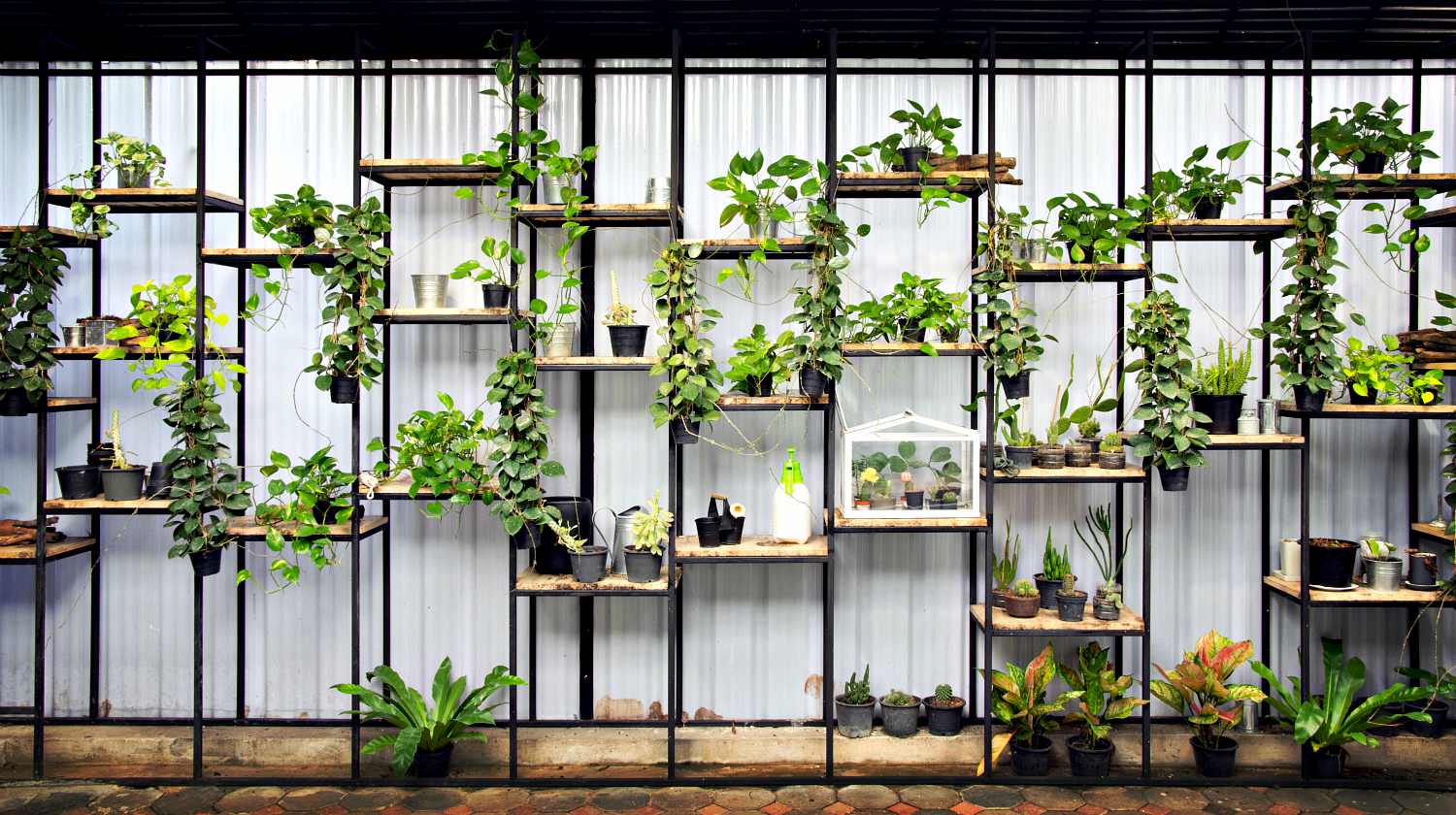
Maximize space by growing herbs vertically. Use wall planters or hanging baskets for a stunning display.
22. Avoid Chemical Pesticides
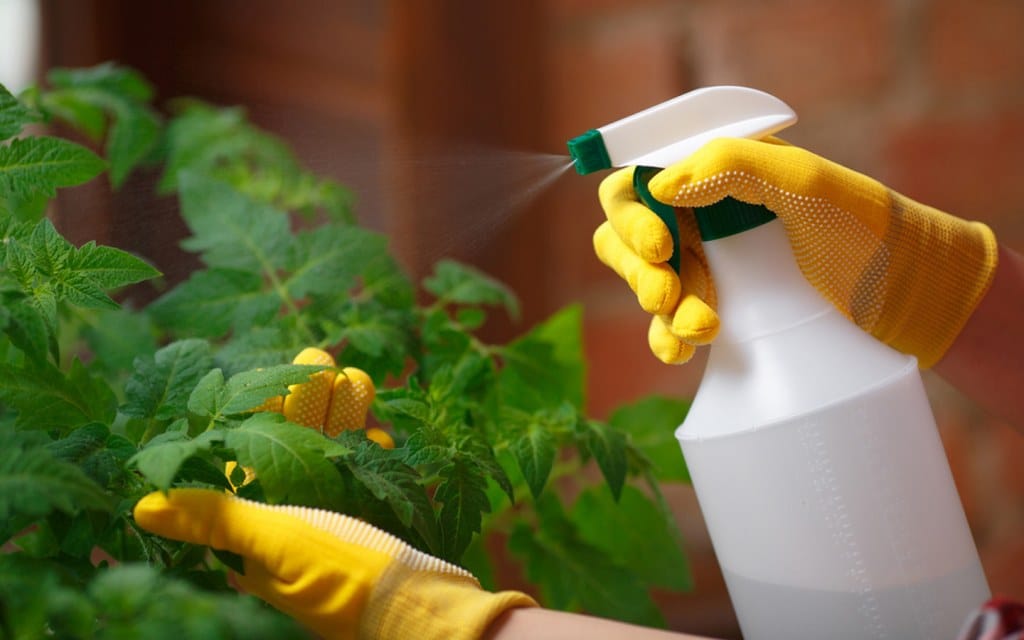
Stick to organic pest control methods to keep your herbs safe for consumption.
23. Experiment with Unique Herbs
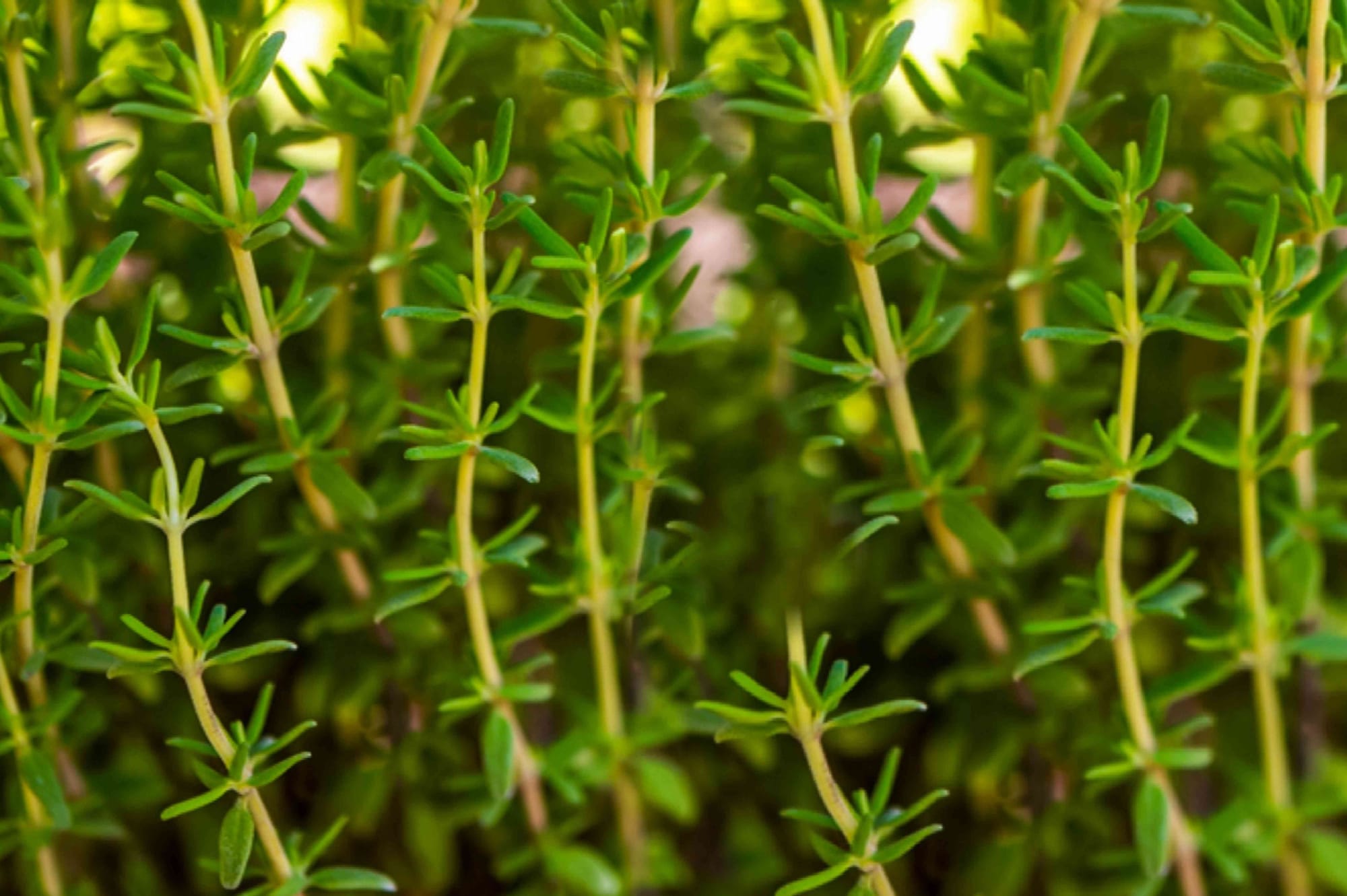
Try growing unique herbs like lemon balm, stevia, or lemongrass to add variety to your garden and meals.
24. Keep Herbs Away from Pets
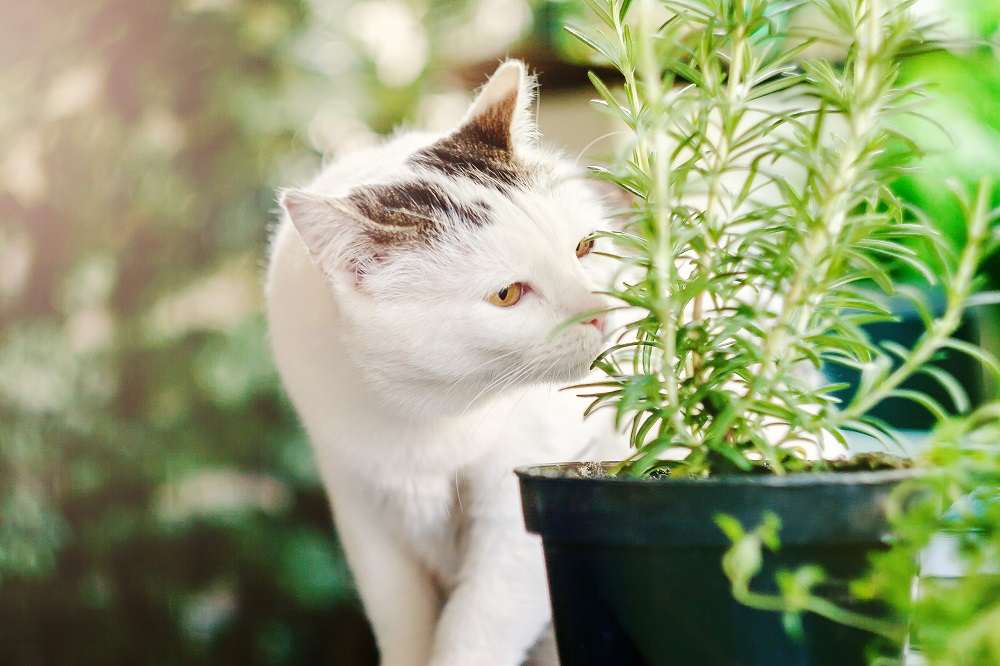
Some herbs, like mint and lavender, can be toxic to pets. Keep them out of reach or choose pet-safe varieties.
25. Use Herbs for Natural Remedies
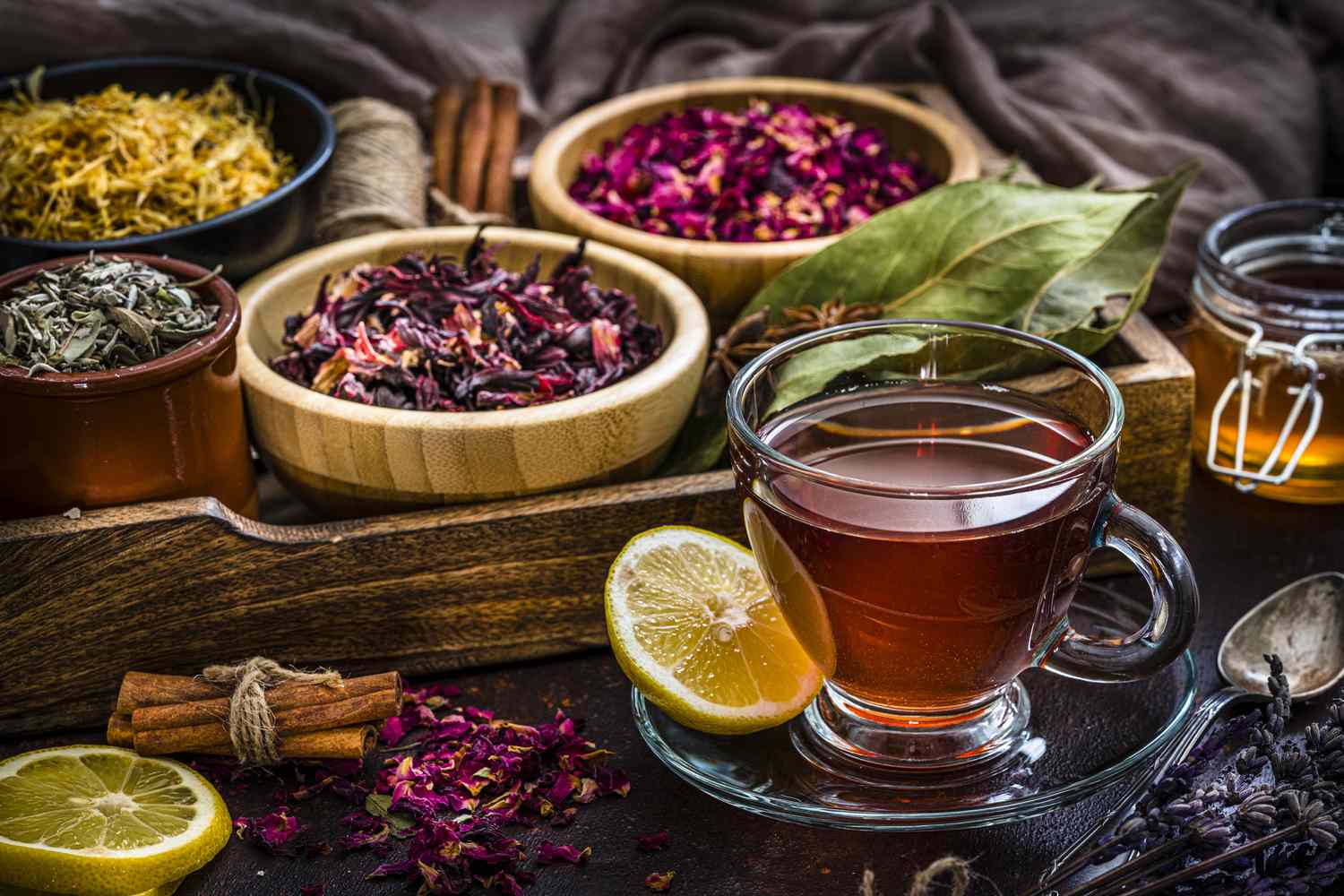
Many herbs, like chamomile and peppermint, have medicinal properties. Use them to make teas, salves, or tinctures.
26. Create a Herb Garden Theme
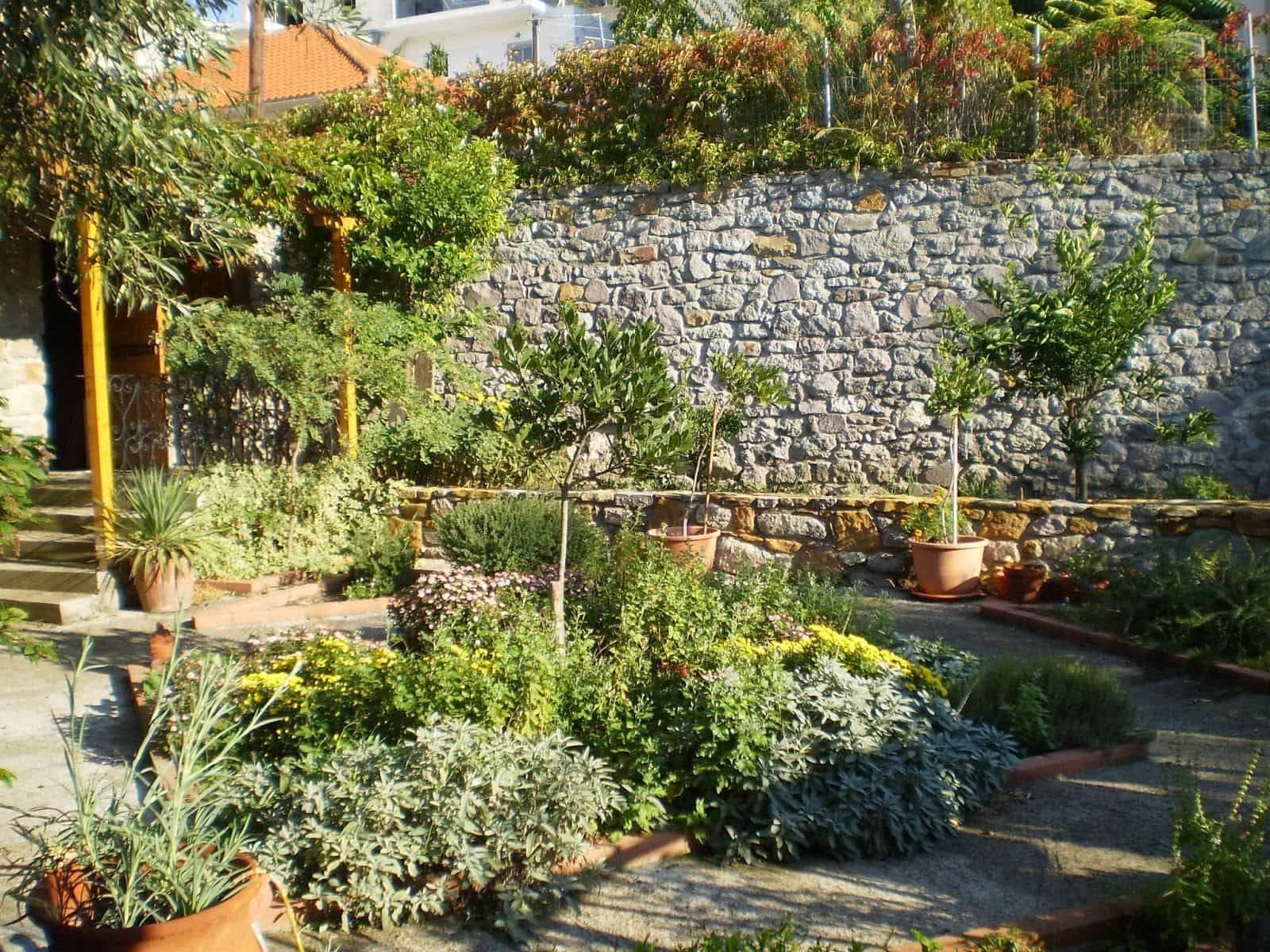
Design your herb garden around a theme, such as Italian herbs (basil, oregano, rosemary) or tea herbs (mint, chamomile, lemon verbena).
27. Enjoy the Process
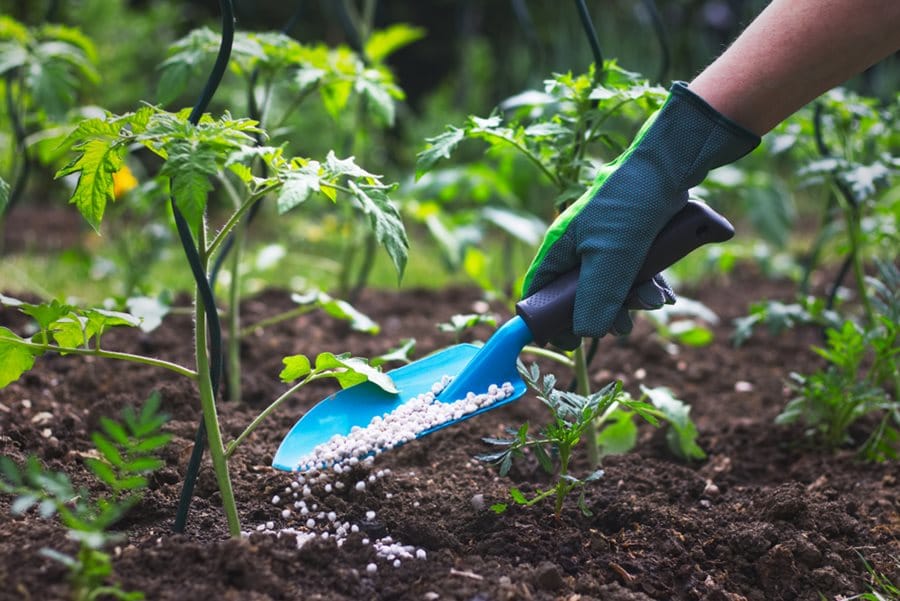
Gardening is as much about the journey as the harvest. Take time to enjoy the beauty and tranquility of your herb garden.
By following these 27 herb garden tips, you’ll create a thriving green space that not only enhances your meals but also brings joy and relaxation to your daily life. Happy gardening!

